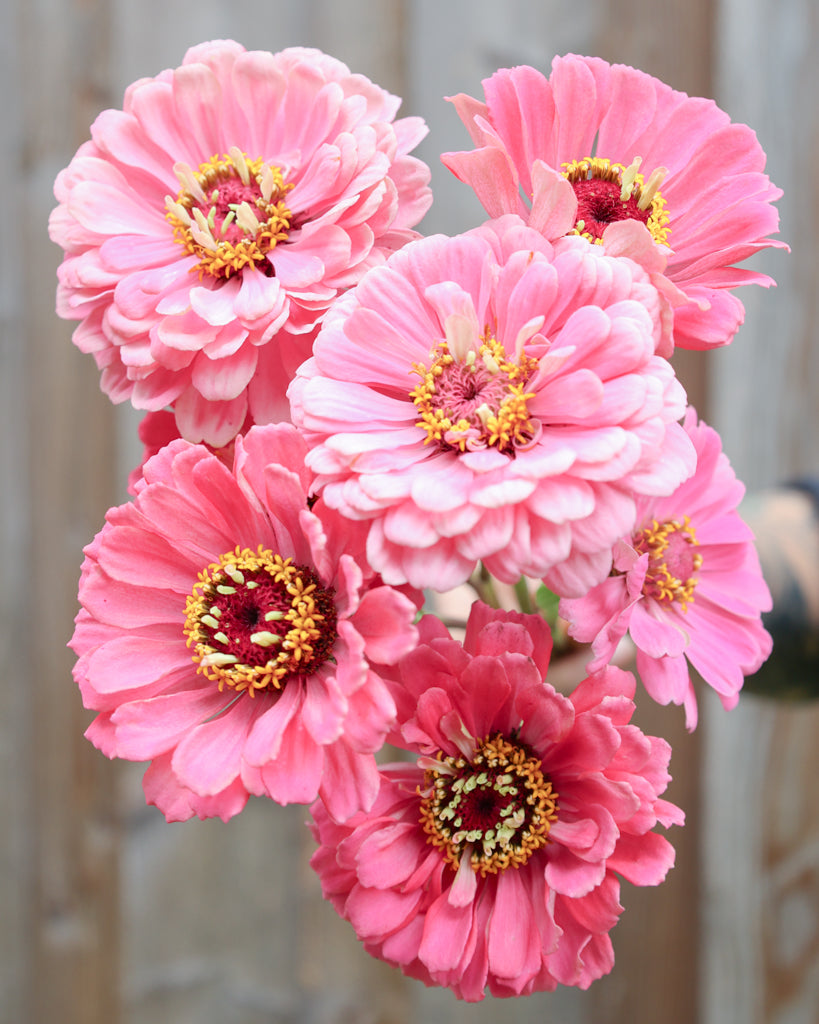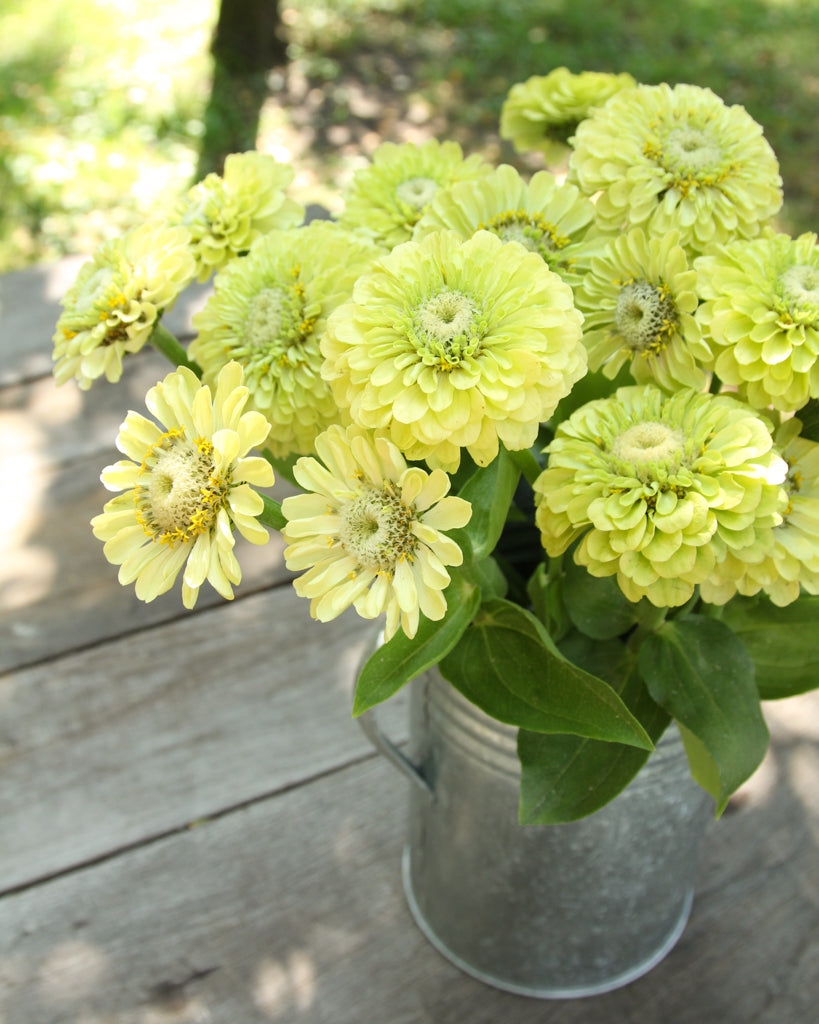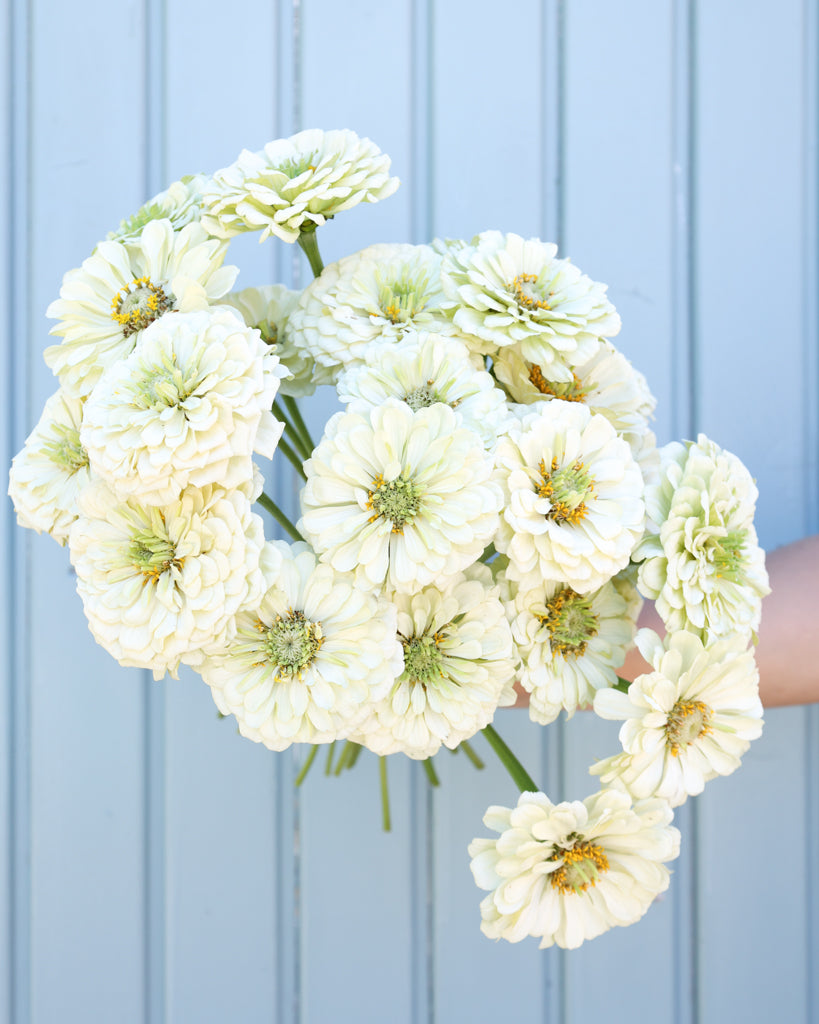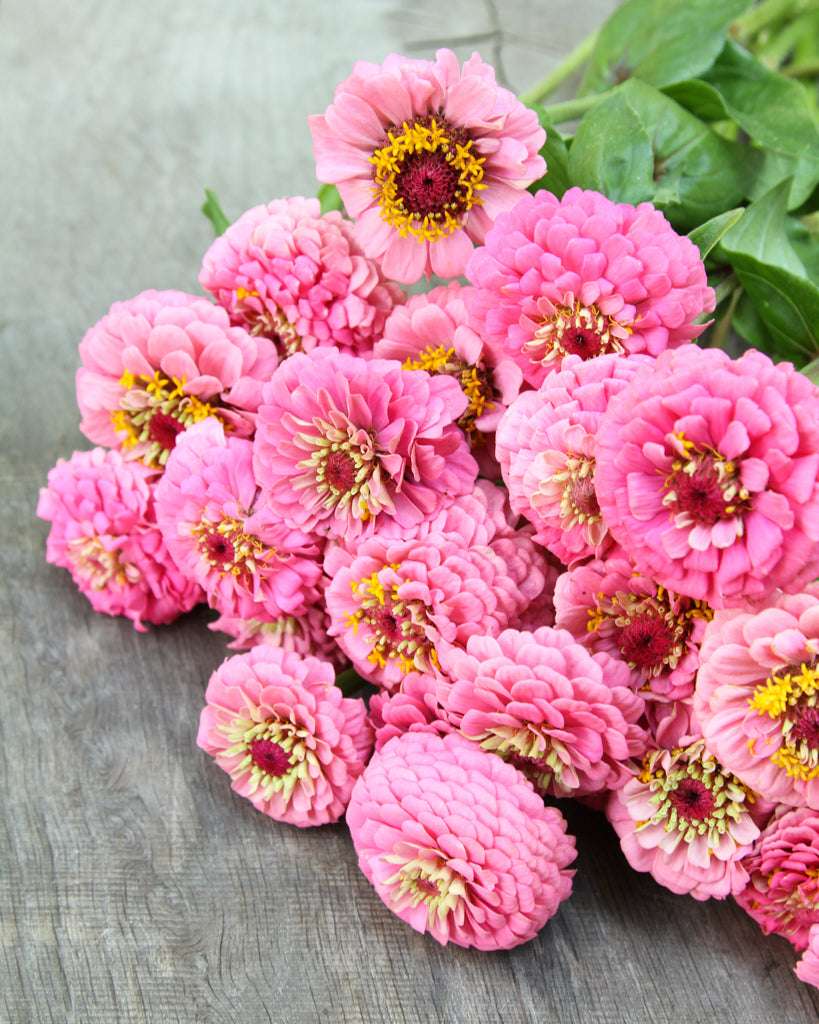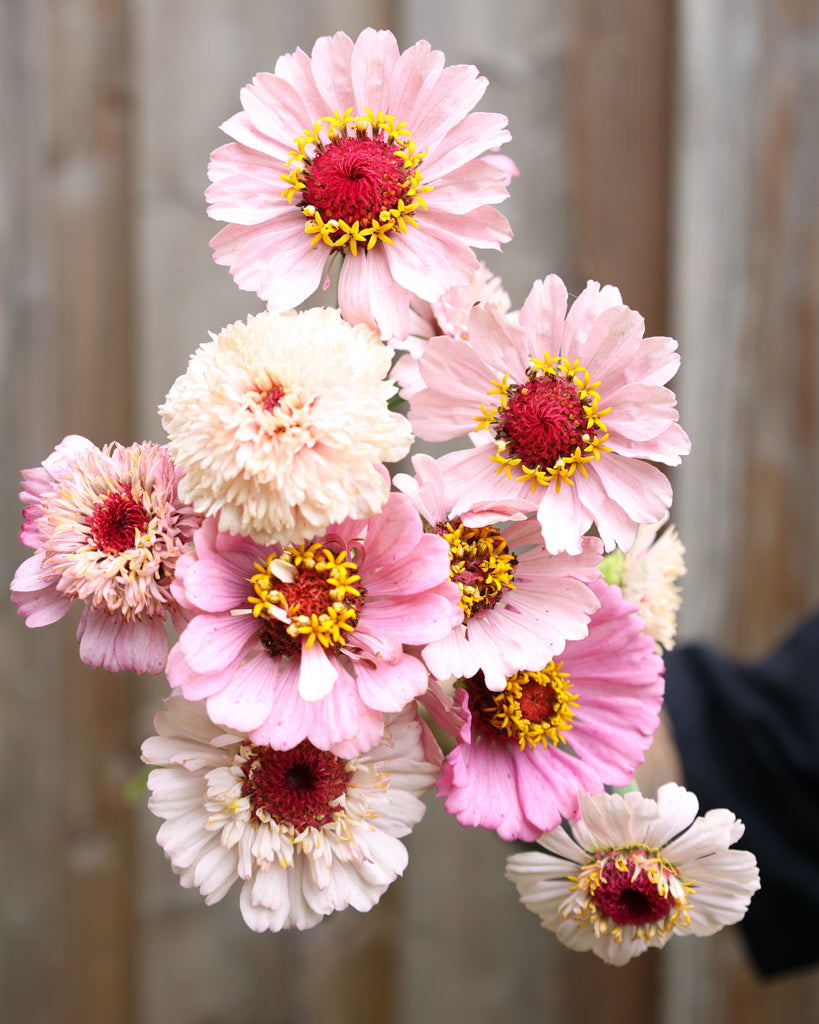Gardening tips for the ornamental garden in February
February slowly marks the end of the deep gardening winter. Now is the perfect time to make the first preparations for the new gardening season. With targeted care, early planning, and a little anticipation, you can lay the foundation for a flourishing ornamental garden in spring and summer.
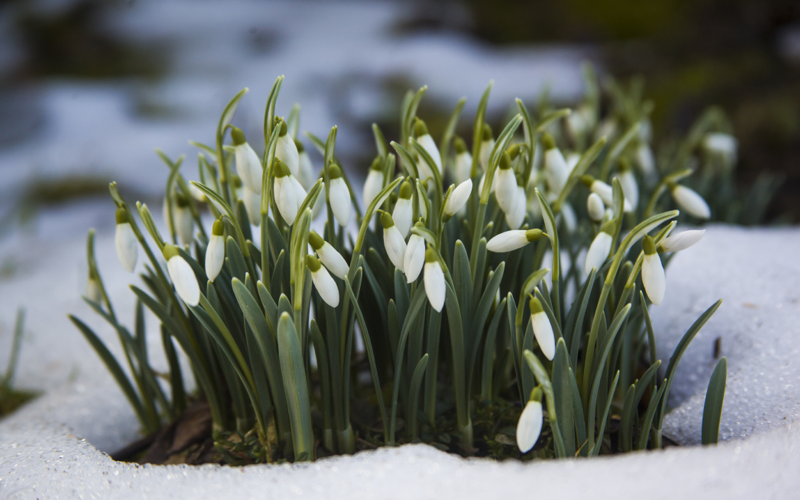
Prune woody plants and ornamental shrubs
February is a classic pruning month. When the weather is frost-free, you can prune deciduous ornamental shrubs and hedges. Especially:
- Summer-flowering shrubs such as butterfly bush, summer lilac or panicle hydrangeas
- Shrub roses (do not allow them to freeze back too much!)
- Formed trees such as privet or boxwood
Make sure you only cut in dry weather and use the right tool – clean and sharp.
Protect and admire early bloomers
The first signs of spring, such as crocuses, snowdrops, and winter aconites, often appear as early as February. Be sure to leave the foliage around them; it protects the plants and provides nutrients.
If your Christmas roses or Lenten roses are already blooming, remove old, diseased leaves to prevent fungal diseases from spreading.
Pre-planting summer flowers – now's the start
February is the ideal month to start pre-cultivating your summer flowers. Suitable varieties from your local store that you can sow now:
You can now grow these summer flowers
- Snapdragon 'Potomac Ivory White'
- Snapdragon 'Potomac Cherry Rose'
- Snapdragon 'Madame Butterfly Bronze'
- jewelry basket(Cosmos bipinnatus)
- Zinnia 'Zinderella Peach'
- Zinnia 'Benarys Giant White'
Sow seeds in seed compost on a windowsill or in a greenhouse. Maintain a germination temperature according to the variety description—usually between 18–22°C—and ensure plenty of light.

Dividing and transplanting perennials
When the ground is frost-free, you can divide hardy perennials like daylilies, asters, or lady's mantle and plant them elsewhere in the garden. This will rejuvenate the plants and ensure more blooms in the summer.
Check and plant bulb flowers
Didn't manage to plant all your flower bulbs this fall? As long as the ground isn't frozen, you can still plant them—tulips, daffodils, or ornamental onions will still sprout. Growing them in pots on your balcony is also still possible.
Complete planting plans
February is perfect for designing your flowerbeds in your mind (or at your desk). Which colors should dominate? What flowering time do you want? How can you shape the structure, height, and rhythm? Now is the ideal time to get creative with pen, paper, or an app.
Frequently asked questions (FAQ) about ornamental gardens in February
Which plants can I prune in February?
Deciduous ornamental shrubs, many types of hedges, roses and summer bloomers may now be cut if the weather is frost-free.
Isn't it too early to sow summer flowers?
No – some varieties, such as snapdragons, zinnias, and cosmos, can now be started on the windowsill. Sufficient light and warmth are important.
What can I do if the ground is still frozen?
Then you move your gardening work indoors: sorting seeds, creating planting plans, reading gardening literature, or cleaning pots.
Which perennials can be divided in February?
Robust, well-rooted perennials such as phlox, asters, daylilies or lady's mantle can now be transplanted or divided – provided there is no frost.
Can flower bulbs still be planted?
Yes – if the soil is open, you can still plant bulbs like tulips or ornamental onions later. Growing them in pots is also possible.

